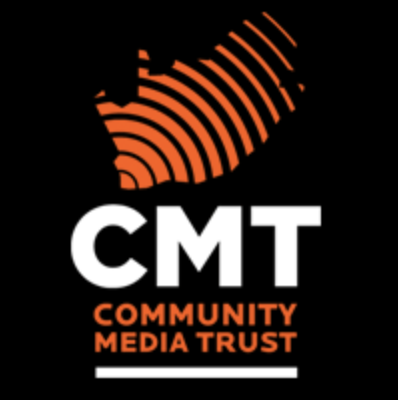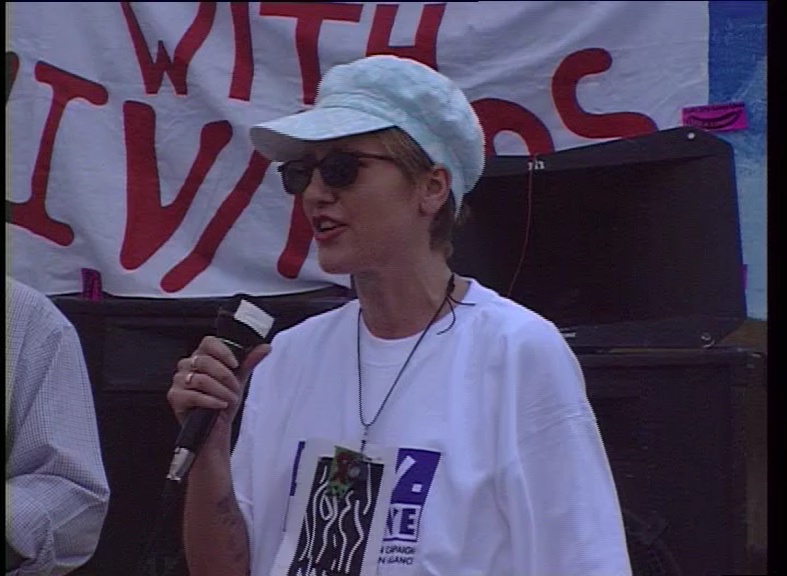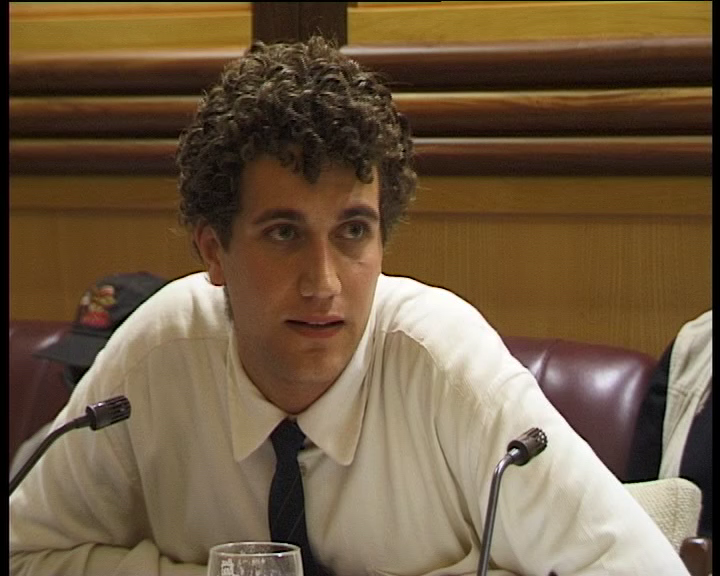The struggle begins
The Treatment Action Campaign (TAC) was launched on 10 December 1998 with a fast by ten people on the steps of Cape Town’s famous St. George’s Cathedral.
TAC’s first statement read: ‘The National Association of People Living with AIDS (NAPWA) has initiated the Treatment Action Campaign to draw attention to the unnecessary suffering and AIDS-related deaths of thousands of people in Africa, Asia and South America. These human rights violations are the result of poverty and the unaffordability of HIV/AIDS
treatment.
‘The Treatment Action Campaign calls on the minister of health, Dr Zuma, and Trevor Manuel, the minister of finance, to meet immediately with NAPWA and HIV/AIDS
organisations to plan for resources to introduce free AZT [an antiretroviral drug] for pregnant mothers with HIV/ AIDS.
The fight for access to treatment
The nucleus of TAC was a small group of activists who knew each other and worked closely together. Their shared aim was to ensure that people living with HIV got affordable access to safe and effective treatment, antiretroviral medicines in particular. Although these drugs were already available and widely used in developed countries, this was not the case in South Africa. Antiretroviral treatment was prohibitively expensive, making it affordable only to the rich, and entrenching apartheid’s toxic legacy of inequality. Many living with HIV were dying because they were too poor to access treatment.
A month later, at a small meeting at the AIDS Consortium office in Johannesburg, Zackie Achmat, Edwin Cameron, Peter Busse, Mercy Makhalamele, Mazibuko Jara, Phumzile Mthethwa, Morna Cornell, Sharon Ekambaram and a few others met to discuss how to build TAC into a mass movement. And in March 1999, activists took to the streets in Braamfontein and Soweto, and visited clinics, hospitals, schools, shopping centres and bars, collecting 13 000 signatures in support of the demand for a prevention of mother-to-child transmission programme.
Public action: Fasts, ‘lie downs’ and marches
TAC’s first public event in Johannesburg was the Fast to Save Lives on 21 March 1999, in front of Chris Hani Baragwanath Hospital at which about 250 people demanded a prevention of mother-to-child transmission programme. Those present included people with HIV, doctors, traditional healers and church leaders. Some staged a ‘lie-down’ at the hospital gate. In addition to AIDS organisations, the Johannesburg branch of the South African Communist Party and the Congress of South African Trade Unions (Cosatu) were in attendance. Florence Ngobeni, who had recently lost her child because of mother-to-child transmission, spoke bravely. Through actions like this, TAC attracted a group of volunteers who took the campaign into communities.
TAC eventually had to move on from NAPWA. Because its members supported outspoken activism independent of the pharmaceutical industry, TAC eventually had to move on from NAPWA, which was more cautious and willing to take money from drug companies. ‘As we learned about the political economy of HIV treatment and the drug industry, our pickets and press statements targeted the US government and drug companies and attracted media attention,’ explains Mazibuko Jara, TAC’s first chairperson. ‘This drew a group of affected people who gave us activist momentum and energy. Some attended treatment literacy workshops in Cape Town, run by Hermann Reuter of Médecins Sans Frontières and others,’
The Global March for Access to Treatment took place on 9 July 2000. It was hosted by TAC and Health GAP. About 900 people attended a meeting jointly organised by TAC
and Médecins Sans Frontières demanding that treatment be made available.
Dr Peter Mugyeni from Uganda famously asked ‘Where are the drugs? That’s where they are, the drugs are where the disease is not. And where is the disease? The disease
is where the drugs are not.’
And Judge Edwin Cameron explained: ‘I’m here, I am able to talk to you, I’m able to engage with you, I’m able to speak with you about this important topic because I’m on
antiretroviral therapy. People throughout Africa, 25 million people in Africa and 34 million people in our whole world, are this moment dying. And they are dying because they
don’t have the privilege that I have of purchasing my health.’
Immediately after this meeting, 5 000 people marched to the opening of the International AIDS Conference in Durban. The chairman of the conference, Professor Jerry Coovadia,
said: ‘[Treatment] can be afforded. It is too expensive not to intervene.’
SOURCE:
Treatment Action Campaign. (2010) Fighting for Our Lives: The history of the Treatment Action Campaign 1998–2010, Cape Town: Treatment Action Campaign.
This section of the archive is focused on the inception of the Treatment Action Campaign and the early days of the AIDs struggle in South Africa and includes footage on the following themes:
• The struggle for affordable life-saving medicines, which were available in other countries, like Thailand, Brazil and India
• The government’s policy of parallel importation
• How Saturday funerals became the norm
• Why the TAC started?
• TAC’s first public action, the fast on the steps of St. George’s Cathedral
• The fast at Chris Hani Baragwanath Hospital
• The break from the National Association of People Living with AIDS (NAPWA)
• The funeral of anti- apartheid, gay rights and AIDS activist Simon Nkoli





